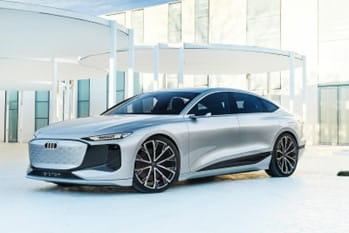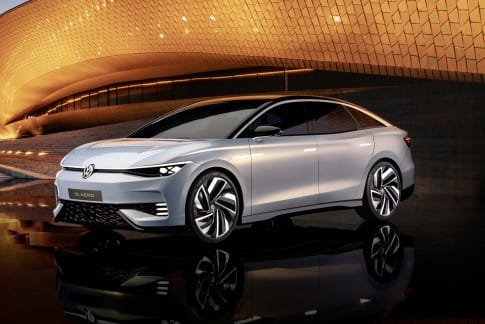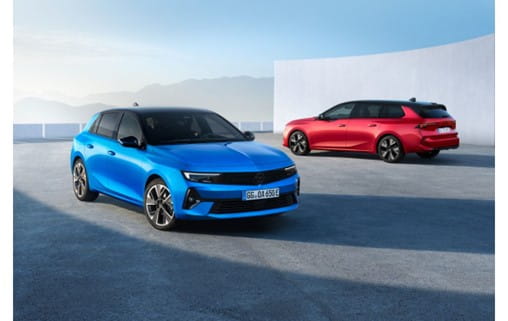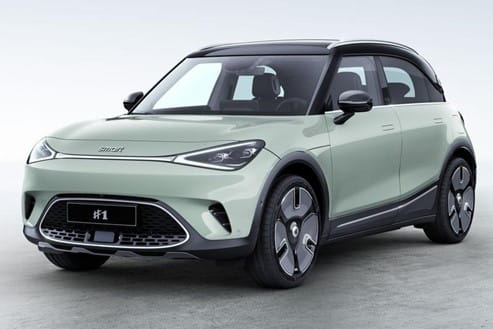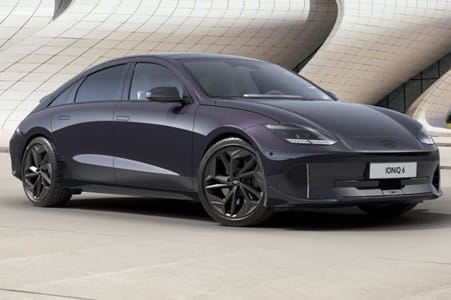
Automotive trends in 2023
The automotive sector has seen a turbulent year in 2022, with the ongoing semiconductor shortage and supply chain challenges. In this article, we will look at new developments and trends we expect to continue in 2023.
This blog was originally published by ALD Automotive | LeasePlan, now Ayvens.
Fuel types: Plug-in hybrids to stagnate but battery electric vehicles to grow
One trend that is already well underway is the move towards battery electric (BEV) and hybrid vehicles. As concerns about climate change and air pollution continue to grow, governments and consumers are increasingly looking for alternative forms of transportation. Electric and hybrid vehicles emit significantly fewer greenhouse gases and other pollutants than traditional gasoline-powered cars, making them a more environmentally friendly option. In addition, advances in battery technology are making electric vehicles more practical and affordable for a wider range of consumers. In the 2022 Car Cost Index , we found driving battery electric vehicles (BEVs) is now more affordable than event. This makes electric driving more accessible than ever, and so we expect BEVs to make a further advancements in 2023.
We expect the share of plug-in hybrid electric vehicles (PHEV) to stagnate in 2023 with the introduction of EURO 7 expecting to come into force in 2025. This will have a particularly significant impact on the results of PHEVs, quickly eroding any remaining business case for this type of powertrain. It is expected that the market is already preparing for these new regulations and will therefore be cautious about ordering PHEVs in 2023.
New BEV models in 2023 bump up the number of available fully electric models.
In 2022, a record number of new BEV models hit the market, resulting in a diverse range of BEV models. There are now multiple BEV models available across all vehicle segments, making switching to BEV more accessible than ever. In 2023, the model availability will be expanded even further. These are some of our favorites for 2023:
Lead times levelling out.
In recent years, the automotive industry has experienced significant disruptions due to factors such as the COVID-19 pandemic, changes in consumer demand and supply chain challenges. These disruptions can lead to changes in lead times, as manufacturers may need to adjust their production schedules or source materials from different suppliers. Lead times are currently much longer than they used to be and can be 12 months or longer for some models.
There have been some reports of improving lead times for passenger cars in Europe in recent months, as the market has recovered from the disruptions caused by the COVID-19 pandemic, the semi-conductor crisis seems to have reached its peak and the production of new cars has increased. However, it's important to note that lead times can vary widely and are likely to be influenced by a range of factors, including demand, production capacity, and supply chain disruptions.
Though the first signals are looking positive, it's difficult to predict exactly how lead times for passenger cars in Europe will change in 2023.
Artificial Intelligence in vehicles
Another trend to watch is the development of autonomous or self-driving vehicles. While fully autonomous vehicles (level 5) are not yet available for widespread use, many companies are working on developing the technology.
In 2022, Mercedes-Benz was the first car manufacturer that got approval in Germany for (limited) level 3 autonomous driving. The two flagship models from Mercedes-Benz, the S-Class the electric EQS, are now available with conditional self-driving tech. The system used by Mercedes (called “Drive Pilot”) allows the driver to give complete control to the vehicle on suitable motorways in Germany with speeds of up to 60 km/h. Even though level 3 is currently reserved for a limited number of exclusive car models and a limited number of situations, the next step has been taken towards autonomous driving.
It's likely that we'll see more self-driving features on the vehicles introduced in 2023, particularly in limited or controlled environments such as ride-sharing fleets or in designated "smart cities." However, it's important to note that the development and deployment of fully autonomous vehicles will likely be a slow process, as there are still significant technical and regulatory challenges to overcome.
Connected and "smart" cars are likely to become more prevalent in the coming years. These vehicles are equipped with sensors and other technologies that allow them to communicate with each other and with infrastructure, such as traffic lights and road signs. This can improve safety, efficiency, and convenience for drivers. In addition, the increasing use of internet-connected devices in cars is likely to drive the development of new in-vehicle services and experiences, such as personalized entertainment and information, as well as enhanced navigation and traffic management.
Conclusion
Overall, it's clear that the automotive industry is undergoing significant changes, and we can expect to see a range of new technologies and business models emerge in the coming years. While it's difficult to predict exactly what the industry will look like in 2023, it's safe to say that it will be different from what we see today.

